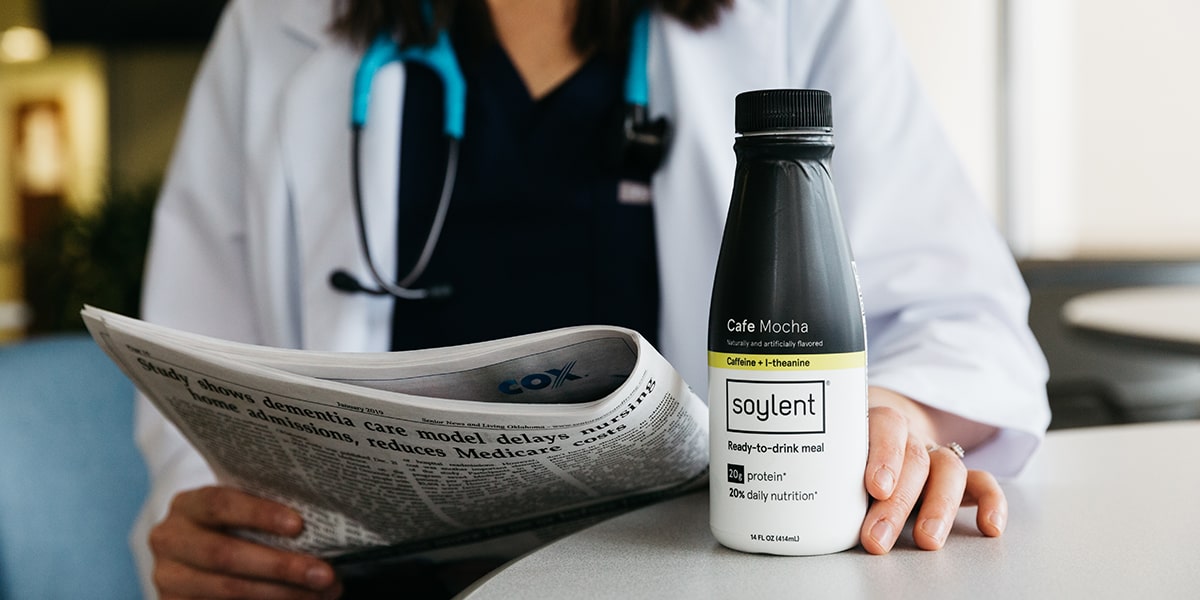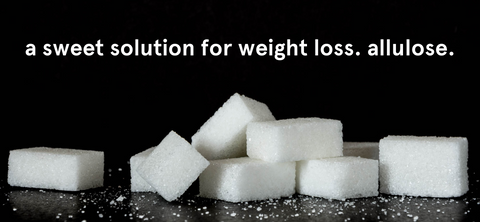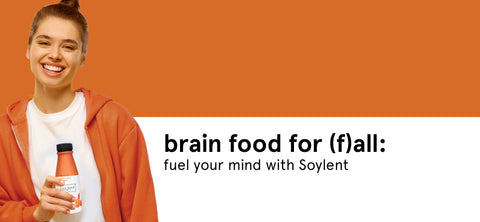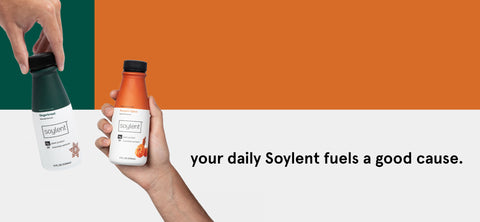
Did you know that eating a plant-based diet doesn’t make you a vegan or vegetarian?
Nope.
All this means is that you are consciously choosing foods from plant sources and that your diet is primarily rooted (pun intended) in plant-based foods. You can still maintain a plant-based diet while consuming some quantities of meat and dairy.
Did that get your attention?
Most of us understand that the meat and dairy industry imposes an agonizing strain on the environment, not to mention the horrendous conditions some animals live in at these facilities.
Yet, at the end of the day, a lot of us not only love meat and dairy, but have come to rely on them as surefire staples of our diet.
How can you ever-so-gently approach a plant-based diet, both to benefit the environment and your health, and enjoy yourself along the way?
Changes You Can Make Today

One of the biggest deterrents to making a lifestyle change is, well, having to change something in the first place. But instead of trying to suddenly cook only plant-based meals, start by easing into the idea of a plant-based diet with very doable steps like these.
It Starts On Your Plate
When you go to cook or purchase a meal, consider how much of that meal consists of animal products compared to everything else on the plate? If animal products are usually the star of the show, could you make them a side dish and increase the amount of vegetables, grains, or healthy fats into a leading role?
By altering your typical perception of portion sizes, you can keep meat on your plate while lessening its impact both on your diet and on the environment. If you’re worried that you’ll be missing out on precious protein, which is precious by the way, then add in more of these plant-based protein sources to round out your meal:
- Beans
- Lentils
- Edamame
- Tofu
- Tempeh
- Quinoa
Pick a Few Meals Per Week

Select a couple of lunches or dinners to make plant-based throughout the week. If you set a reminder and make a grocery list in advance, you’ll have the ingredients for plant-based meals on-hand ahead of time, which will allow you to adhere to this change with ease.
Similar to the concept of Meatless Mondays, this plan nudges you toward plant-based eating and helps you gradually identify which foods you enjoy over others.
To start, pick two nights out of the week that you want to eat a completely or primarily plant-based meal. After two weeks, add a few lunches into the mix or up the number of plant-based dinners.

If you want a fast, nutritious, no-planning option for a plant-based lunch or snack, grab a case of Soylent Drink Creamy Chocolate. You can save these bottles at home or at work and rotate them in for lunch or a snack once or twice per week.
Our Creamy Chocolate blend offers 20 grams of protein, 400 filling calories, healthy fats, and slow-burning carbs.
Benefits of Going Plant-based

Aside from their reduced impact on the environment compared with animal products, plant-based foods also offer your body an array of health benefits that can support a life of longevity.
Popular Plant-based Diets
The most popular and widely adopted plant-based diets are the Mediterranean and vegetarian diets. The Mediterranean diet has been shown time and time again to reduce the risks of heart disease, diabetes, and common types of cancers.
It has also been shown to increase mental and physical function. And while the Mediterranean diet includes some poultry and various types of dairy like cheese and yogurt, it’s predominantly constructed around plant-based foods.

Vegetarian diets, much like the Mediterranean diet, have also produced similar health results, lowering the risks of heart disease and high blood pressure.
A balanced plant-based diet will deliver all necessary macronutrients, along with an abundance of vitamins, minerals, fiber, and phytonutrients.
Unique and Powerful Nutrients
Due to the variety of nutrients found in different fruits and vegetables, a plant-based diet can feed your body powerful antioxidants and other phytochemicals you simply won’t find in other foods. These types of nutrients keep your cells in tip top shape, bring balance to your body, and supercharge your immune system.

The same phytochemicals and antioxidants that support your immune system also work toward mitigating inflammation in your body.
By both heightening your immune response and reducing chronic inflammation, you will be actively staving off a laundry list of nasty diseases and chronic conditions that can arise if left unchecked.
We mimicked many of the principles of a balanced plant-based diet in creating the formulas for all of our Soylent products. In Soylent Drinks, we combined plant-based protein with vitamins A, C, E, D, and Zinc for immune system support.
Lastly, the presence of fiber, which makes up a huge portion of plant foods, will serve your body in numerous ways. Fiber is a useful tool in supporting gut health, lowering cholesterol, and helping you stay regular.
Plant-based Meals Made Simple

From vegan mac n cheese to “no tuna” salad sandwiches to black bean burgers and spinach and potato tacos, there are hundreds of creative and delicious plant-based meals you can find online.
Forks Over Knives, a popular plant-based food site, delivers recipes, articles, meal planners, and even cooking courses. Read through curated content, make a list of the recipes that stand out to you, and try making a few of them at home.
You will be surprised at how much protein and other macronutrients can be carefully cooked into a plant-based meal that will leave you feeling full and satiated, but not bogged down.
Breakfast is one meal where choosing plant-based foods already feels like a norm to many people. Foods like oatmeal and berries, smoothies, yogurt, and healthy breads are examples of nourishing plant-based foods you might already be eating for breakfast. Try writing out a breakfast plan that incorporates only, or mostly, plant-based foods and see how many options you have to pick from.
Well, is it Doable?

Remember, a plant-based diet doesn’t mean axing animal products altogether, but rather consciously adopting a diet that places plant foods at the heart of what you eat.
By rethinking the portions on your plate and carving out space for plant-based meals throughout the week, you can gently ease into eating plant foods without jarring your routine or turning your current eating habits upside down.
The truth is that plants are powerful things, and eating more of them will only serve you well.
Happy plant-based munching friends 🌱,
The Soylent Team








